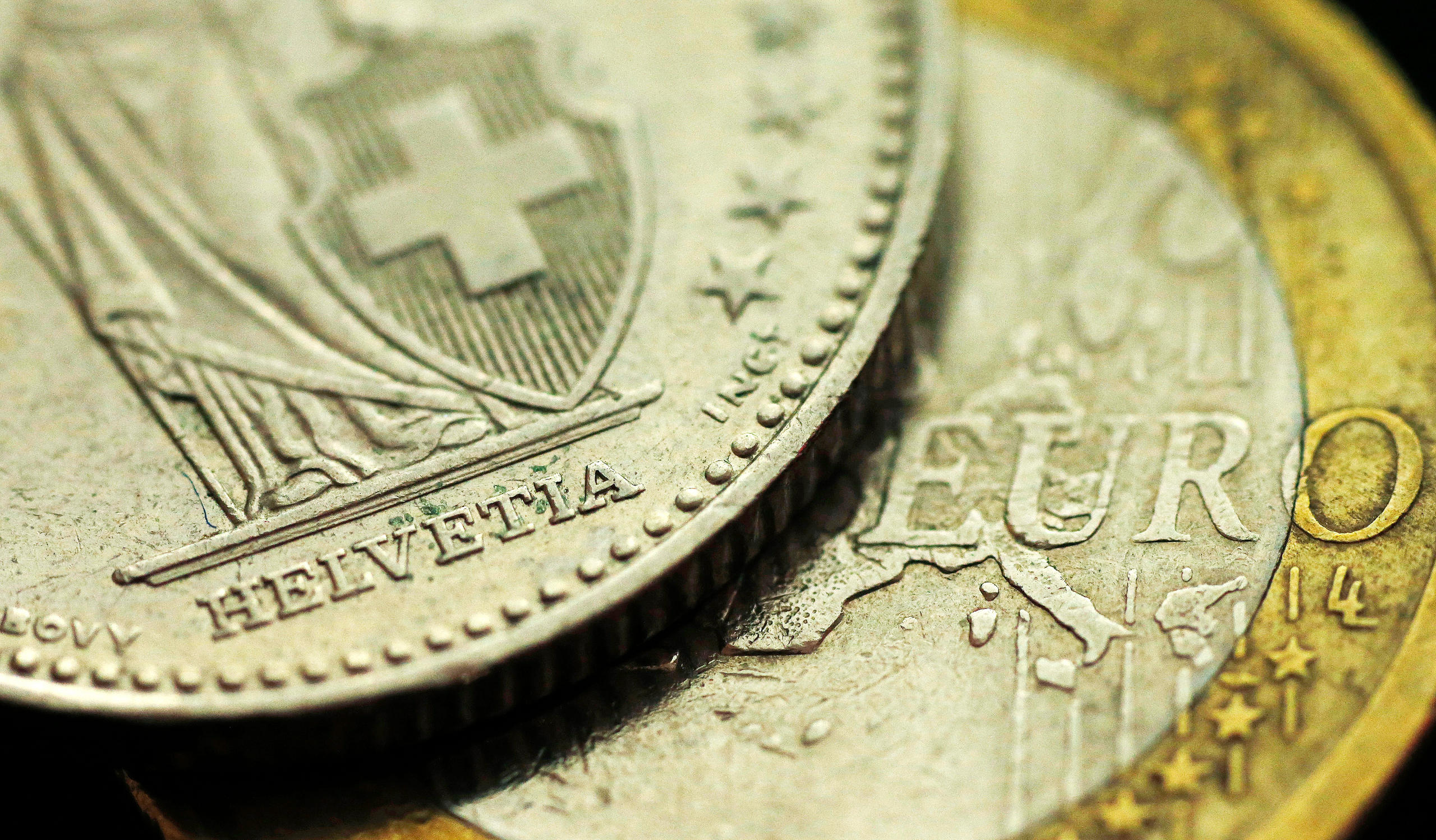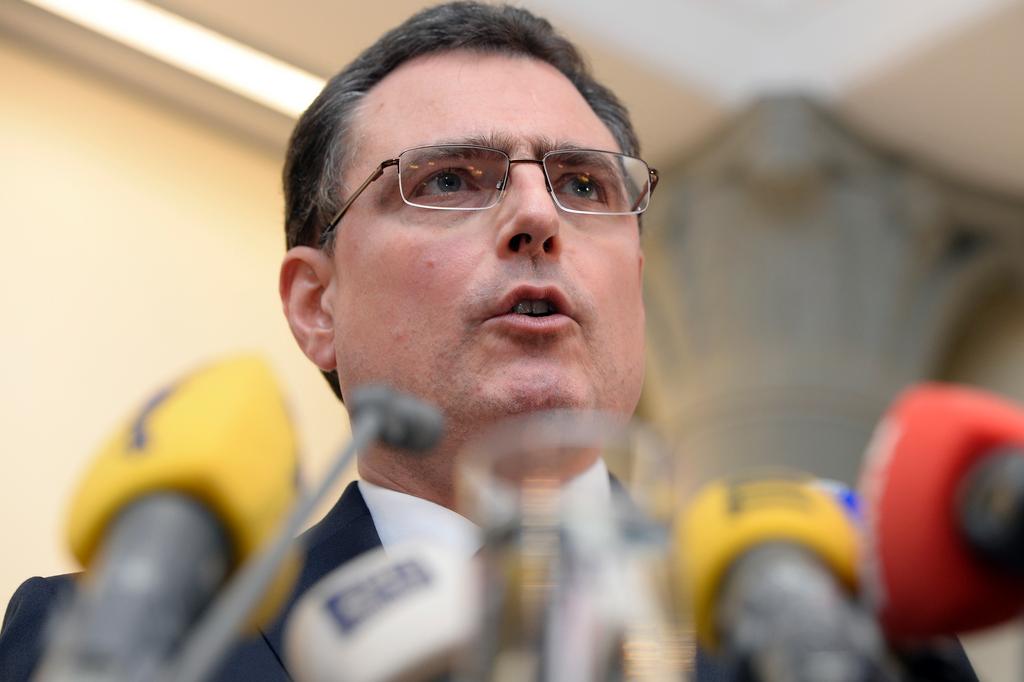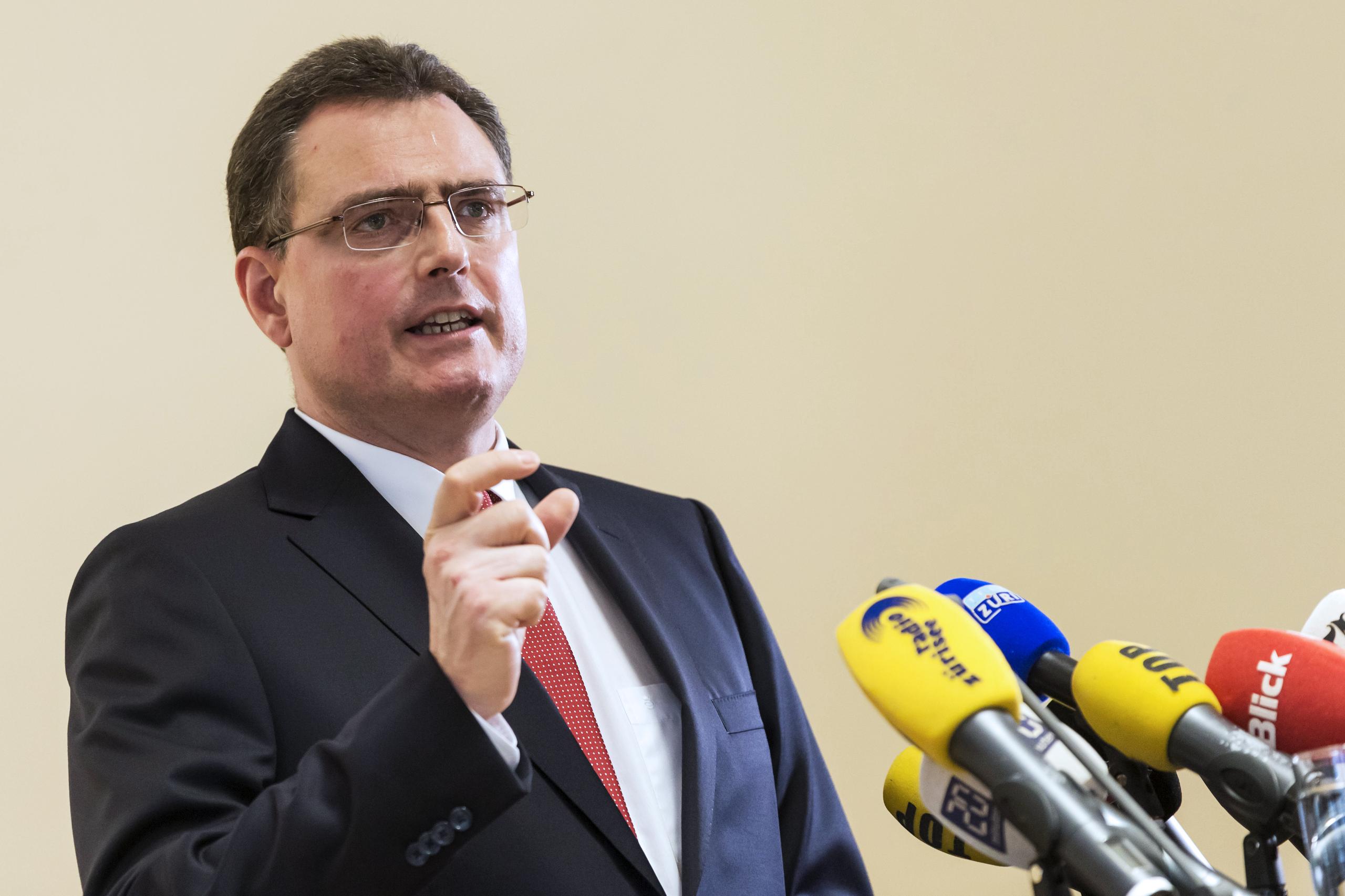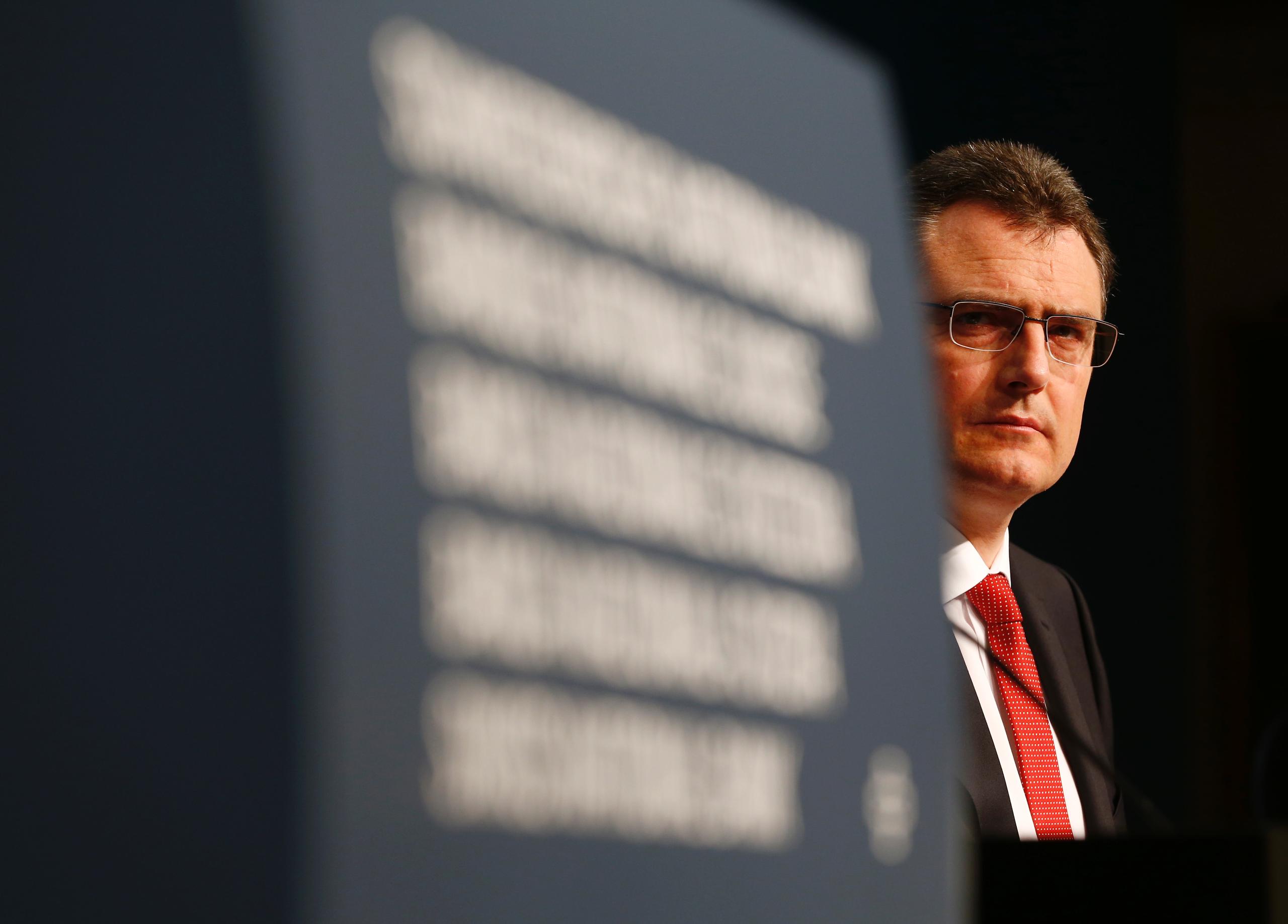Investors must beware Frankenshock 2.0

Little more than a year ago, while European Central Bank president Mario Draghi was busy fulfilling his promise to do “whatever it takes” to revitalise the eurozone economy, the Swiss National Bank was doing whatever it could to protect its own.
On a sunny January morning in Zurich, the Swiss National Bank took markets by surprise with its decision to scrap Switzerland’s longstanding euro currency cap. Days earlier the SNB’s vice-chair had said the currency peg would remain “the cornerstone of its monetary policy”.
Within minutes of that announcement, the Swiss franc rose by 40 per cent against the euro, and by the end of one of the most chaotic days in Swiss financial history, almost 9 per cent had been wiped off the value of the stock market – the biggest one-day fall for more than 25 years.
The peg, which had been introduced in 2011 to halt the rise of the franc and protect the country’s many exporters, had become too expensive to maintain. The SNB called time on its efforts to prevent the euro from trading below CHF 1.20 ($1.25) and investors learnt the hard way that central banks sometimes put their long-term objectives first, even at the cost of surprising the market.
Fourteen months on, however, some are warning of further surprises or what they are calling “franc shock 2.0”. Joe Corbach, head of currencies and commodities at GAM, the Zurich-based asset manager, is more pessimistic than most. He believes markets have dangerously short memories and that troubles lurking elsewhere in the global economy could again force up the value of the franc as investors flock to safe-haven assets. Those hurt in January 2015 might once more be “caught on the wrong foot” with their short Swiss franc positions, he says.
“The broad collapse of commodity prices, economic weakness in the emerging markets and heightened geopolitical risks mean that another franc shock cannot be ruled out,” says Mr Corbach. “The economic and political environment in the euro area is still fragile and continued market jolts, of which we’ve seen plenty over the last months, add to the risks for appreciation of the franc as a safe-haven currency.”
James Wood-Collins, chief executive at Record Currency Management, adds: “The likelihood of another Swiss franc shock cannot be dismissed.” He recognises Mr Corbach’s concerns but suggests any fallout would be less acute than in January last year.
The SNB’s problem is that if the franc were to appreciate strongly, there is little it could do to reverse it. The central bank lost some CHF 20 billion on its foreign-currency positions in 2015, and further large-scale interventions to weaken the franc would worsen its bloated balance sheet.
Ballooning losses would only add to political pressure on the central bank, writes GAM in a report on the current threats to the Swiss franc; the report says that in 2010 there were calls for the resignation of the SNB’s president when the central bank lost CHF 20.8 billion grappling with the problems presented by the bailout of Greece.
The SNB’s negative interest rates policy, a key instrument to prevent further appreciation of the franc, is also under pressure. With interest rates on deposits already at minus 0.75 per cent, it is unknown and untested how much more room the SNB has to lower rates. It cut rates in tandem with its removal of the exchange rate peg in the hope that negative rates would further deter a rush of money into the country.
Mr Corbach says: “Without means to stop and reverse the franc’s appreciation, the Swiss economy would see a further loss of competitiveness, higher unemployment, deflation and likely recession. For pressure on the franc to let up we would need a whole range of factors to fall into place: a steadying of commodity prices, a stronger Chinese economy, stabilisation in emerging markets and economic recovery in Europe and the US. The likelihood of such a positive constellation is certainly not greater than a black-swan event that would send investors piling into the franc.”
The GAM executive is not alone in his concerns but his are more pronounced than many. Adam Cole, global head of forex strategy at Royal Bank of Canada, says: “Without that perception of the central bank as a guaranteed seller, it is unlikely short positions will become as extended again. Bouts of strength in the Swiss franc are certainly possible, but the ripples through global markets would be much more limited than last January.”
Mr Corbach understands the picture is now different but is adamant investors should be asking sobering questions. “They should not lose sight of the seemingly impossible and say to themselves: if the franc shock 2.0 comes, will I be ready?”
Copyright The Financial Times Limited 2016

In compliance with the JTI standards
More: SWI swissinfo.ch certified by the Journalism Trust Initiative



You can find an overview of ongoing debates with our journalists here. Please join us!
If you want to start a conversation about a topic raised in this article or want to report factual errors, email us at english@swissinfo.ch.